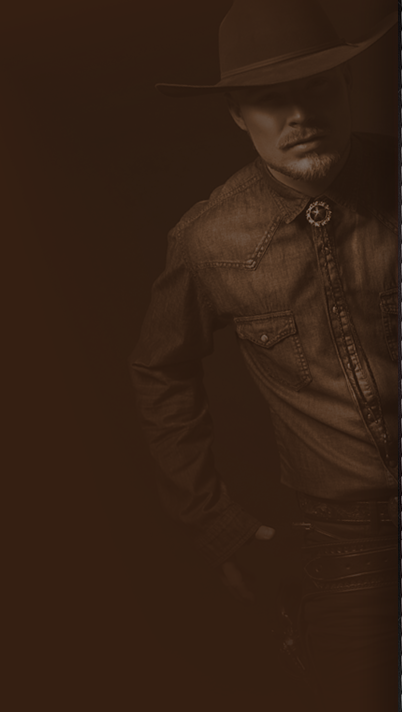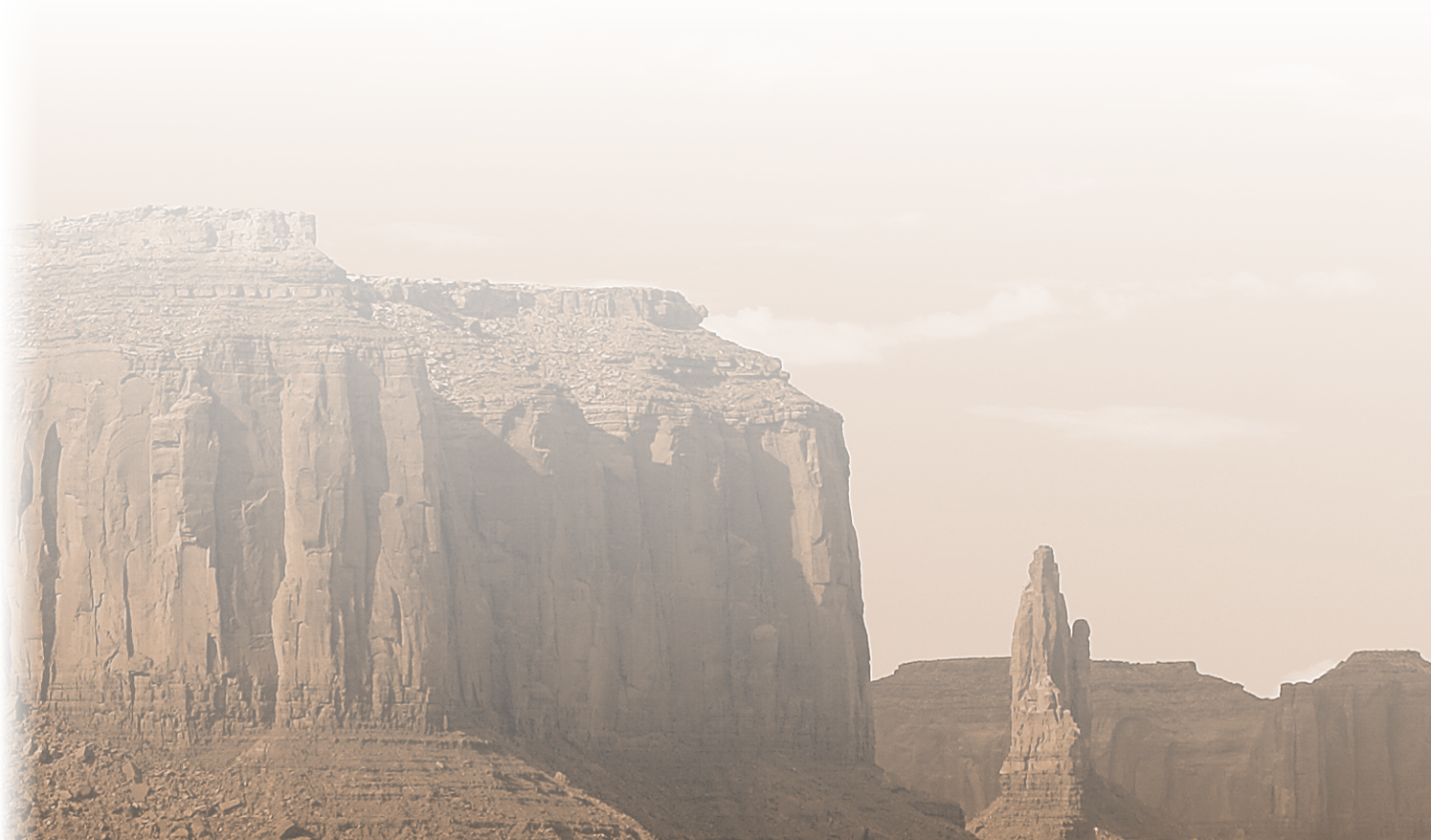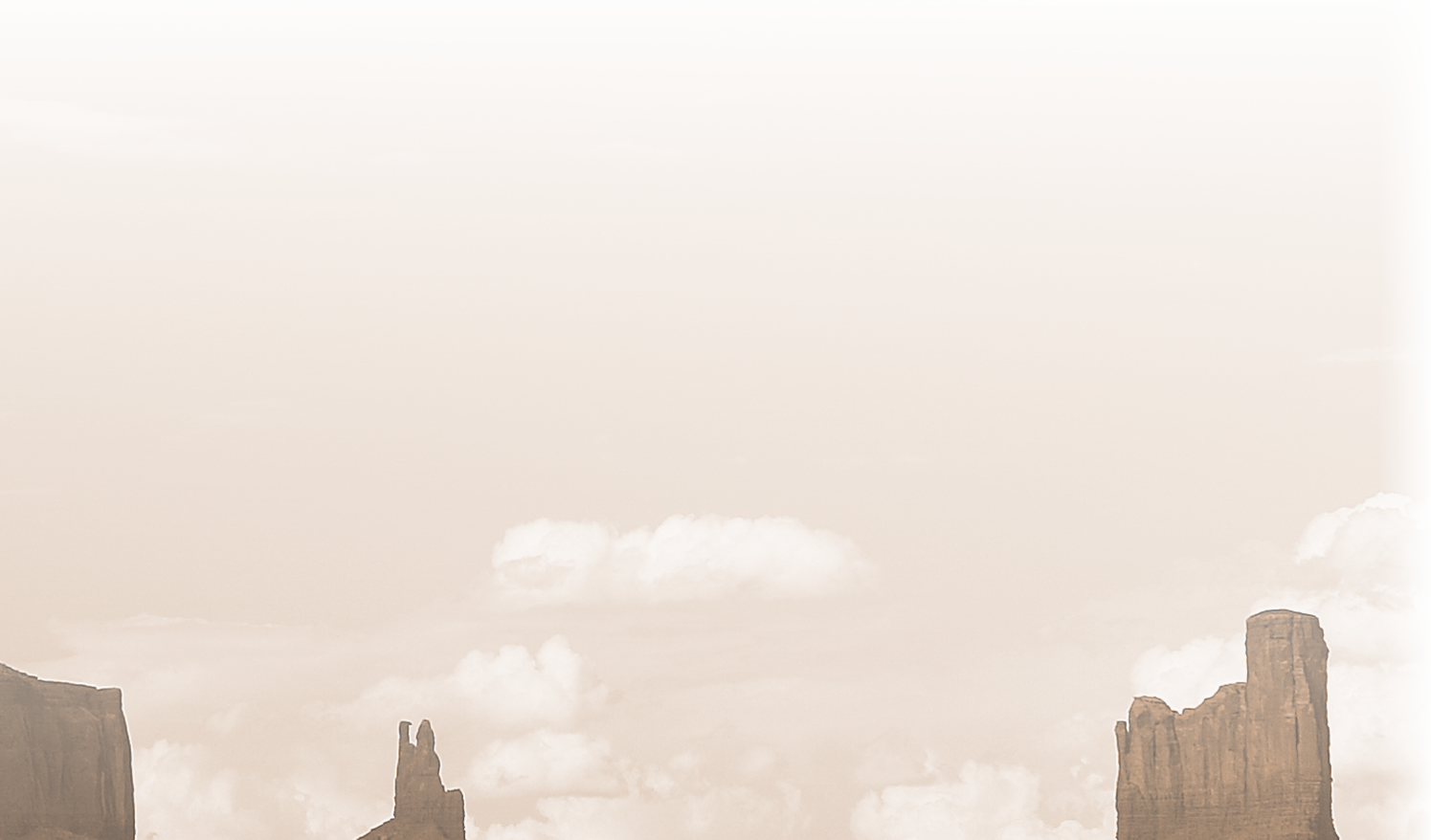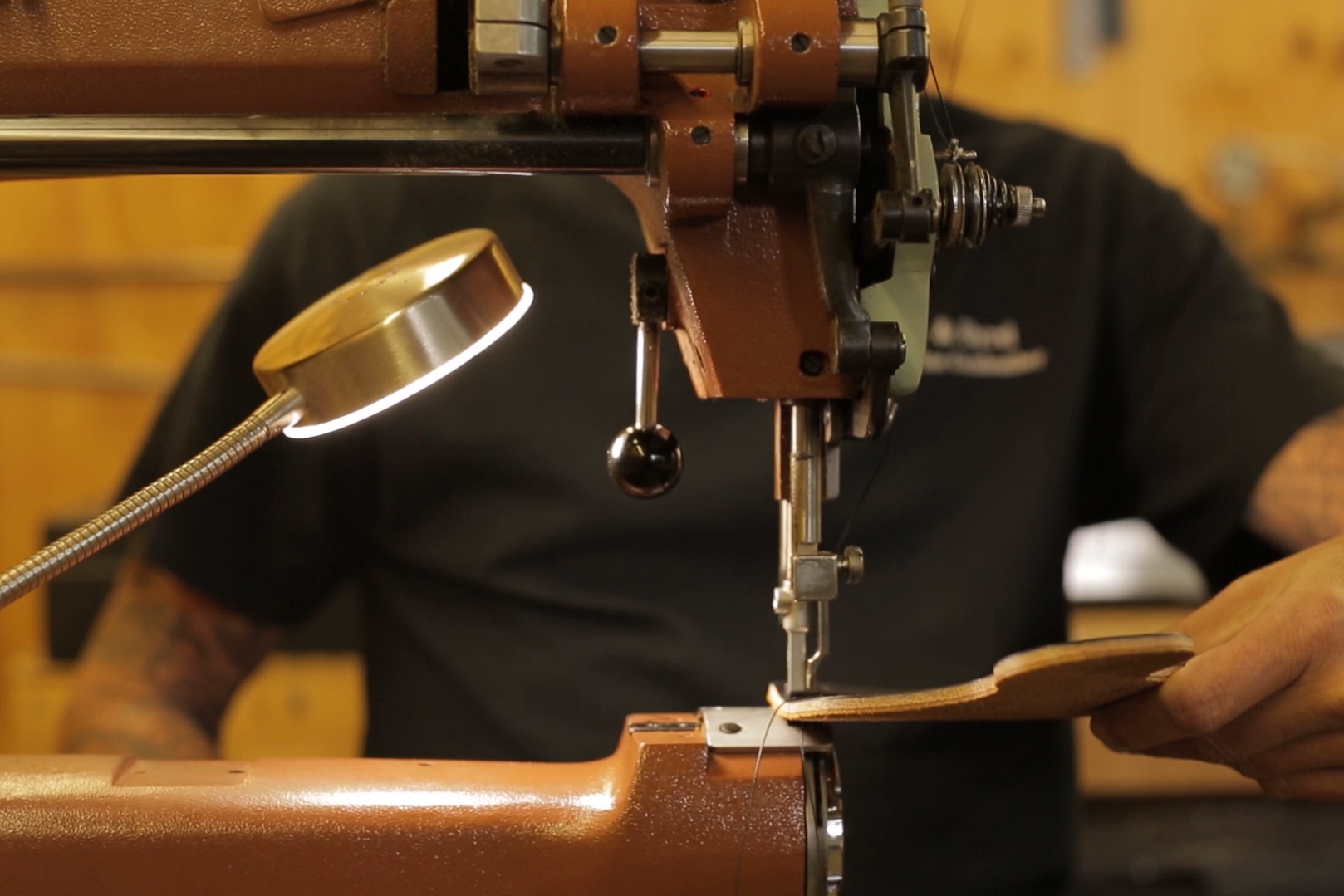When were gun holsters invented?
on 4th Jan 2021
A look at the history of holsters
Handguns first appear in history in 1380. The first IWB holsters probably appeared around the same time.
Unlike today's holsters designed for every kind of carry, the first holsters were nothing more than a way to carry the single-shot gun. Over the next 500 years or so, nothing much changed. A holster was just something to keep the gun at hand without it being in the way. It could be leather straps in a belt, the first OWB holsters, or shoving the gun a belt or a sash. Sometimes a hook on a gun hung it from a belt.
Various pictures of Blackbeard the pirate show him wearing his six to 10 pistols either around his waist on hooks or bandoliers across his chest. All that mattered was the pistols were easy to access and held in place, proof against the rolling decks the pirates fought on. In one respect, that's not a whole lot different than what is expected from holsters today, especially every day carry (EDC) holsters.
Today's EDC holsters are made for fast access, easy draw, and comfort. Many times, these IWB holsters also offer concealment, something pirates like Blackbeard neither wanted nor cared about. Boarding another boat strapped with a brace of pistols was part of the persona a pirate wanted. Showing all those weapons told the opposition the pirate was deadly serious.
DON'T FIX IT
For the next 500 years, gun technology evolved, but holsters did not. This was a case of don't fix it because it is not broken. The very first guns, even pistols, were a two-handed operation. A burning wick or cord was placed to the "touch hole" to ignite the black powder and fire the gun. This was not a speedy process. Often, the cord had to be lit first, another two-handed operation, so the pistol had to be held out of the way.
Matchlocks came next. These still used the burning wick, but the gun held the wick. The trigger dropped the burning cord to the pan of powder. This was certainly not an ideal solution for a pistol. Imagine carrying a gun on your side, exposed powder and a burning wick an inch or so away.
Multi barrel handguns came along. Wheel locks, which used a spinning wheel to strike sparks to ignite the powder, came about 130 years after the first gun appeared. This made the pistol a lot safer to carry when loaded, but the holster still did not change.
TIME FOR CHANGE
The first change in holster technology was around 1835 when Samuel Colt introduced the world to the revolver. This sea change in guns also led to real innovations in holsters. The idea of comfort was important. The pommel holster hung from the horn on a saddle, relieving the carrier of the massive weight. The holster was huge to accommodate the massive self-defense pistols of the time. The Colt Walker is a hand cannon. It requires an equally large holster.
These holsters often had flaps that folded over the grip and all of the hammer and cylinder area. Protection from the elements was more important than getting the gun clear of the leather in a hurry. Some makers saw the need for fast access and made holsters without the flap so the pistol could be drawn and fired in a hurry.
The first holster to gain widespread appeal was the California or Slim Jim. Thought was given to keeping the gun secure and the barrel free of obstructions. The leather usually reached up to and sometimes covered the grips. The holster was meant to be worn on, not below, a belt. A fast draw was not really an option with the cut of the Slim Jim.
NOT THE REAL DEAL
The image of fancy holsters with trimmings and badges is not from the true Old West. These low-slung holsters and belts are a Hollywood invention and not the real deal.
Designs, conchos or silver-nickel decorations and more were added by the movie industry to make the gunfighters appear more glamorous and to separate the heroes and villains from each other.
These rigs were also hung low on the side, below the belt, and often cut to allow fast access to the pistol. Movie fans wanted to see fast action, not someone fighting to clear a gun from a tight holster.
MORE AMMO
Some of the "Old West" belts had a bandolier for holding extra ammo. This change came after the Civil War. Compared to cap & ball revolvers, cartridge pistols are faster to reload, more reliable, easier to shoot and clean. Holster makers saw the advantage in providing ammo holders along with a belt and holster.
Today’s holsters often let the owner carry speed loaders for a revolver or extra mags for an automatic.
TODAY'S LEATHER
Modern leather OWB holsters have several advantages over historical holsters.
• Form fit. Old west holsters were one-size-fits-all. Holsters from Tucker Gunleather are form fit to a specific make and model of gun.
• Comfort. Old holsters were for duty, not comfort. Ergonomics advanced the science of comfortable EDC.
• Durable. Old leather was less durable than today's cured hides. Modern holsters can last as long as the gun.
• Duty-specific. Modern holsters are also duty-specific. You can have one for hunting, one for EDC, and another for tournaments.










